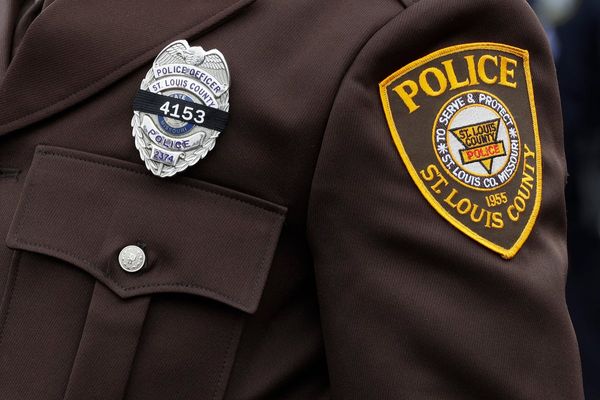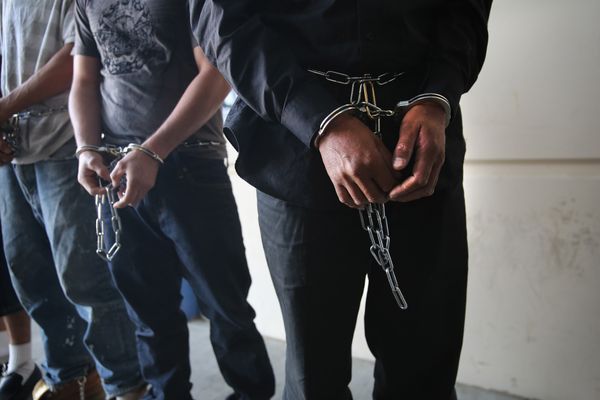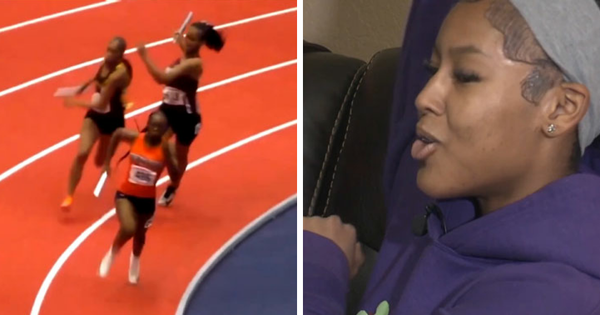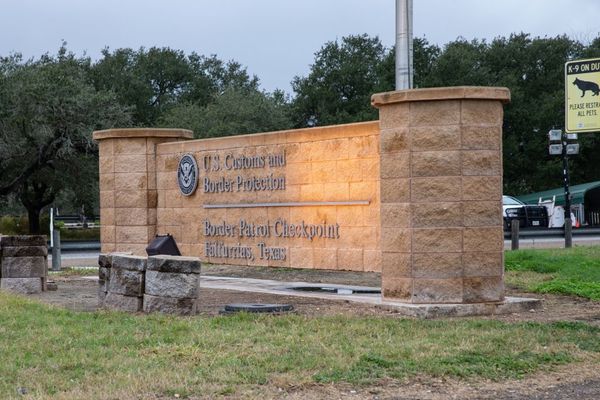INDIANAPOLIS _ It seems like a silly question now, given how well things have turned out for Super Bowl champion quarterback Russell Wilson. But if the Seahawks had to do it all over again, would they have viewed Wilson differently and been willing to draft him higher than the third round of the 2012 draft?
Pete Carroll answers that question with another.
"Wouldn't you think teams would be crazy not to pick him earlier?" the Seahawks coach said at the NFL combine. "Jeez, I mean, look what he's done. He's had a fantastic career. He's done everything you'd hope."
But the 5-11 Wilson, who was almost as good a baseball player as he was a quarterback, faced questions about whether he could succeed at the NFL level, especially given his size limitations. He's on a trajectory for a potential Hall of Fame career, but almost no one could have foreseen that he'd be as good as he's turned out to be.
Enter Kyler Murray, who stands an inch shorter than Wilson, was drafted in the first round by the Oakland Athletics and now confronts some of the same skepticism Wilson faced when he came out of Wisconsin seven years ago. NFL scouts can foresee him going anywhere from the first overall pick to the third round. But with a unique blend of arm strength, accuracy, speed and a football moxie rarely seen in young quarterbacks, Murray has the chance to become a transformative figure.
He doesn't have the prototype size many general managers and coaches prefer and isn't your typical pocket passer. But he possesses a tantalizing upside and may redefine the position the way Wilson and the handful of other diminutive quarterbacks have done.
In fact, credit Wilson for blazing a trail for Murray, because their nearly identical athletic backgrounds and body types almost certainly will make it easier for some team to take him near the top of next month's draft.
If not at the very top.
"There's nothing about (Wilson) in our style of play that he can't do, ever," Carroll said. "So, I hope it would have been proven to people. I would think the guys looking at it in the draft this year, they would look at it differently. (Where Murray is drafted) will be an indicator."
Murray declined to throw with the rest of the draft-eligible quarterbacks during Saturday's combine drills, preferring to wait until his pro day at Oklahoma to show scouts what he can do. But his decision not to throw will have zero bearing on where he's drafted. Instead, it will come down to what he's already shown during last year's 42-touchdown pass masterpiece of a Heisman Trophy-winning season.
In a league desperate for quarterbacks, it is doubtful Murray lasts beyond the fifth overall pick. In fact, it is more likely he goes No. 1. The Cardinals have that pick, and they already drafted Josh Rosen in the first round last season. But there are already indications that the Cardinals _ now coached by Kliff Kingsbury, who recruited Murray to Texas Tech _ are willing to change course and go with Murray. That could cause a domino effect, perhaps even creating a scenario in which Rosen is traded to the Giants, who need an heir apparent to Eli Manning.
Cardinals general manager Steve Keim only added to the intrigue with a less-than-definitive answer about his commitment to Rosen.
"Is Josh Rosen our quarterback?" Keim said. "Yeah, he is right now, for sure."
Right now?
Hmmm.
Keim might be playing possum and hoping a team trades up to the No 1 spot. Or he really might be willing to pull the trigger and take the prized rookie passer.
Either way, it's an enticing vision of what might come next now that Murray is ready to join the NFL and potentially reinvent the position.
"He's a great athlete and has had a great career," said Broncos general manager John Elway, a Hall of Fame quarterback. "The one year he played at Oklahoma was great and shows he's a great athlete."
But ...
"The size is always the question," Elway said. "But we've seen guys that have had success in the league that are not necessarily the prototypes when it comes to height. He's got the ability to be a great player."
Elway's personal preference is to have his quarterback take the snap from under center at least a significant portion of the time. That likely means some teams will stay away from Murray, who is more of a shotgun quarterback.
"I will say this, having played the position _ when you're shorter and you're in shotgun, it doesn't have nearly the effect because you see much better out of shotgun," Elway said. "So, if you're in shotgun and starting in shotgun and that's the only place you've ever been, you can see the field much better from shotgun. So, really, the height from shotgun doesn't matter nearly as much if it does if you're coming out from underneath center all the time because by the time you get back there the pocket a lot of times is caving on you. That's where height does matter a little bit more."
One significant disadvantage of a shorter quarterback who needs to be in the shotgun is the impact on the running game.
"I think you can only do so much in shotgun in the running game, and I think being underneath the center, if you want to run the football and have balance, you've got to be able to be underneath the center," Elway said. "That's why, to me, it's important if you want to have balance, you've got to be able to go under center, too."
Murray isn't quite sure what to expect about where he'll be selected or by whom. But he believes that his height won't be a deterrent. In fact, he relieved some skeptics _ and perhaps even himself _ when he measured just over 5-10 at the combine. Murray didn't know his actual height until this week, and the fact that he assuaged doubts of some who thought he might be closer to 5-9 may have improved his draft stock.
"I'm always the smallest guy on the field, but I feel like I'm the most impactful guy on the field," he said. "Everybody's trying to make (height) out to be something, but I just have to go out there and play the game that I love."
It helps that Wilson has become a franchise quarterback, if nothing else that it might convince skeptics that size truly doesn't matter.
"I've studied a lot of quarterbacks, but (Wilson) in particular, because we're similar in height," Murray said. "I've gotten to talk to him a couple of times. It's good to have him in my corner as a resource. Watching him do it at 5-10 and putting doubters to rest, it's a good deal."
Now it's Murray's turn. He's about to get his chance to prove a little guy can be a big-time NFL quarterback.







